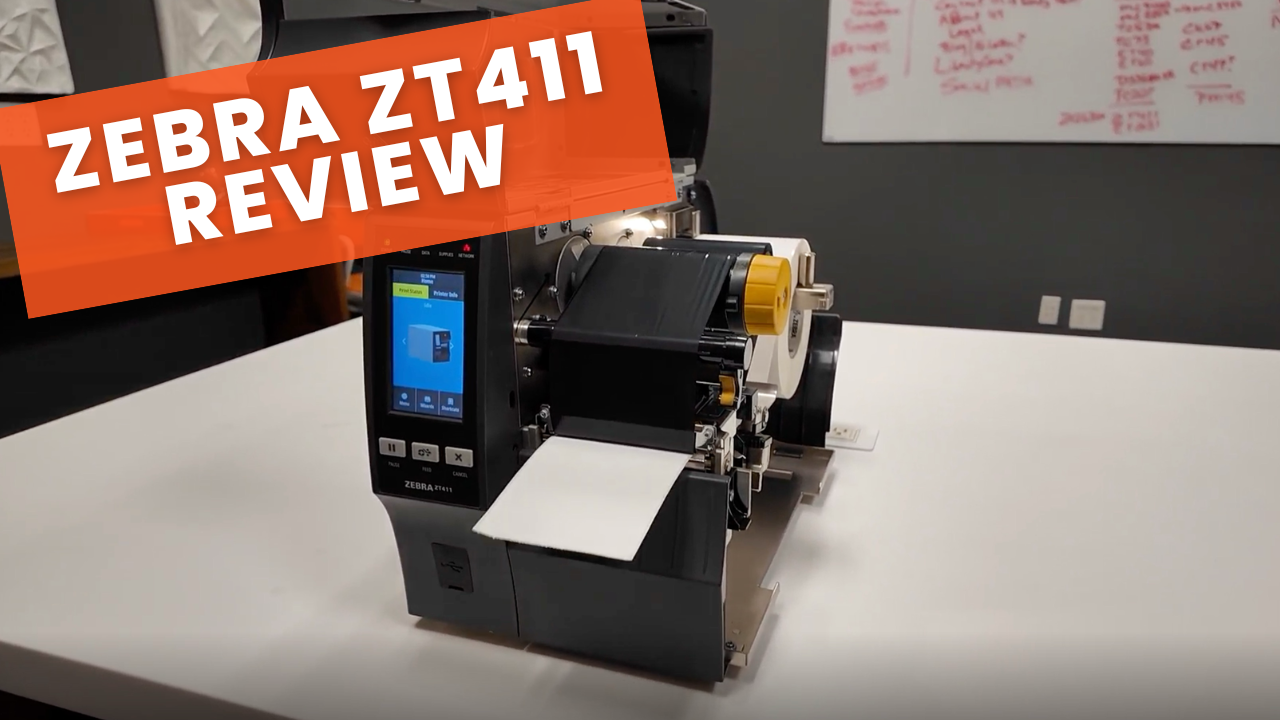When it comes to long-range scanning in warehouse environments, two scanners consistently stand out: the Zebra DS3600XR and the Honeywell 1991XLR. Both devices are purpose-built for demanding environments, but which one is right for your operation? Let's dive into a detailed comparison and real-world testing of these industrial-grade scanners.
Key Features and Specifications
Zebra DS3600XR Scanner
- 100-foot scan range
- 80,000 scans per battery charge
- 10-foot drop specification
- High-visibility green dot laser
- Available in both corded and Bluetooth configurations
- IP65 sealing for dust and water resistance
- Ergonomic design with balanced weight distribution
Honeywell 1991XLR Scanner
- 80-foot scan range
- 50,000 scans per battery charge
- 10-foot drop specification
- Green dot aimer
- Available in corded and Bluetooth options
- IP65 sealing
- Durable construction for industrial use
Real-World Performance Testing
To move beyond specifications and into practical application, we conducted several real-world tests to evaluate both scanners' capabilities.
Distance Testing
In warehouse testing, both scanners demonstrated impressive range:
- The Honeywell 1991XLR successfully scanned barcodes at its rated distance of 80 feet
- The Zebra DS3600XR exceeded expectations, maintaining reliable scans at 95-100 feet
- Both scanners showed consistent first-time read rates throughout their rated ranges
Damaged Barcode Performance
Both scanners showed exceptional performance when scanning:
- Torn and ripped labels
- Barcodes marked with pen and marker
- Crumpled barcodes
- Labels covered by shrink wrap
- Multiple damaged barcodes in the same scan field
Neither scanner showed a significant advantage in reading damaged barcodes, with both devices maintaining impressive read rates regardless of barcode condition.
Environmental Considerations
Both scanners are built for harsh warehouse environments, featuring:
- Freezer-grade options for cold storage applications
- Dust and water resistance
- Ability to withstand repeated drops onto concrete
- Performance in varying lighting conditions, including bright sunlight
Battery Life
While both scanners offer full-shift operation, there's a notable difference in battery capacity:
- Zebra DS3600XR: 80,000 scans per charge
- Honeywell 1991XLR: 50,000 scans per charge
Both provide more than enough capacity for a standard shift, but the Zebra's additional capacity could be beneficial for high-volume scanning operations or extended shifts.
Conclusion
Both the Zebra DS3600XR and Honeywell 1991XLR are excellent choices for warehouse scanning applications. The Zebra DS3600XR edges out the competition with a longer scan range and superior battery life, making it particularly suitable for operations with high racking or intensive scanning requirements. However, the Honeywell 1991XLR remains a strong contender with its 80-foot range and robust feature set.
When choosing between these scanners, consider:
- Maximum scanning distance requirements in your facility
- Daily scan volume and shift duration
- Budget constraints
- Existing hardware ecosystem
For assistance in selecting the right scanner for your specific needs or to arrange a demonstration of either device, contact Liberty Systems. Our team can help evaluate your requirements and recommend the best solution for your operation.





Leave a comment
This site is protected by hCaptcha and the hCaptcha Privacy Policy and Terms of Service apply.